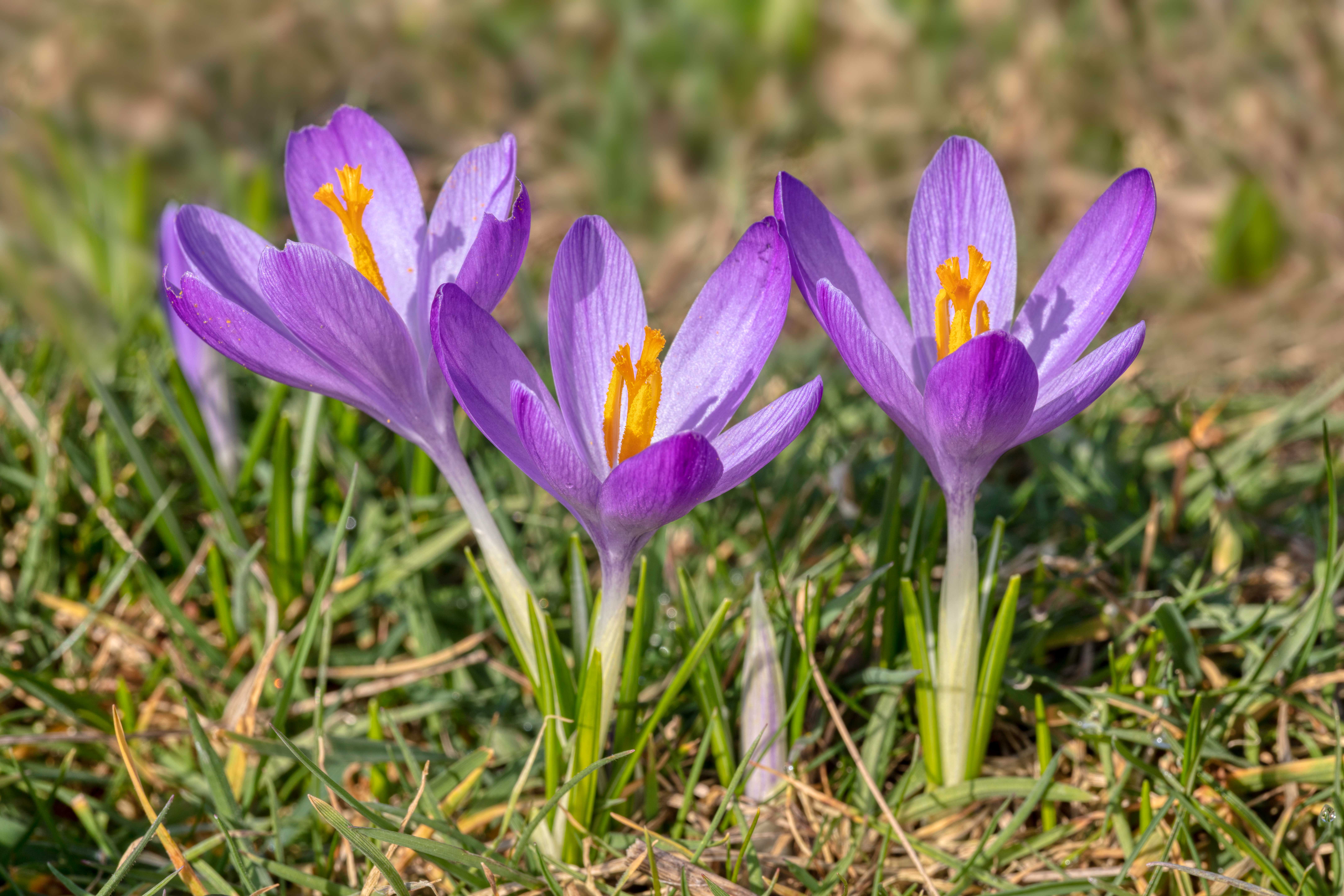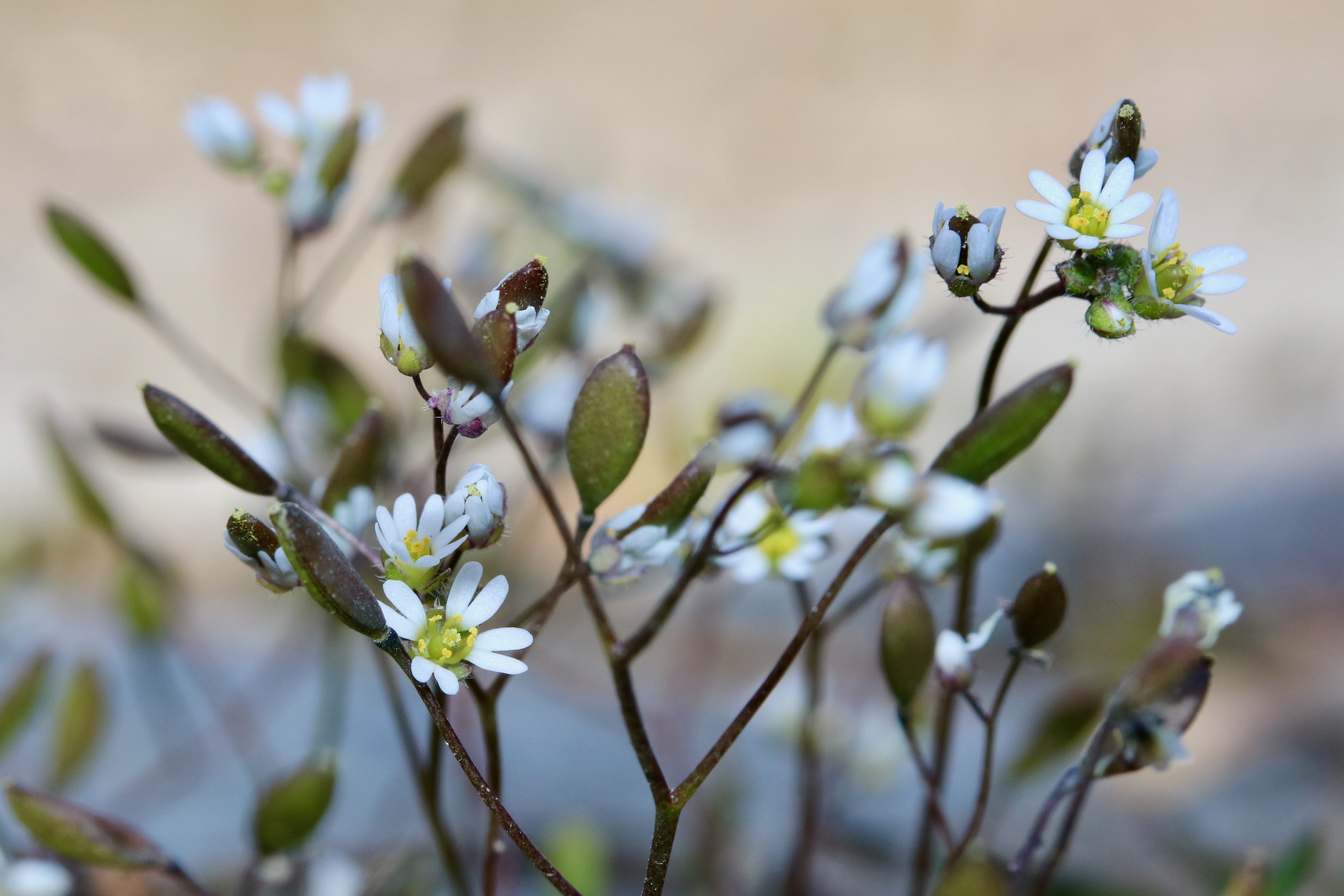We know surprisingly little about the plants around us even though plants sustain us and the agriculture of the future depends on us being able to benefit from biodiversity. This requires initiatives to make people understand how necessary knowledge about plants is – and botany should be part of the school curriculum.
Shortly before Easter, I received an e-mail from a talented and enthusiastic student who had just completed a course in basic plant biology and had become a fan of plants and had photographed them in the wild. The message was accompanied by a photo of a plant he said he could not identify. It was clear and sharp and showed a crocus.
How have we got to a point that our language has become so poor that a passionate young plant biology student in 2021 does not know the word for crocus?
Crocus is a name. It is a word in the language. The name symbolizes a plant. When we say the name, we picture the plant before us. It is no longer just a blue flower. It is a crocus.
A famous quote from Austrian philosopher Ludwig Wittgenstein translates into “The limits of my language mean the limit of my world.” If we do not have a word for a crocus, then it does not exist in our consciousness. It is not part of our world.

One of the last bastions
I was thinking about this when I was standing in line with my son this Easter in a windy car park in Hyllie south of Malmö, Sweden, waiting at a COVID-19 test centre.
At my feet I noticed common whitlowgrass, Erophila verna. There was plenty of it, and it had just started to bloom. It is a small, modestly cheerful plant, and you have to bend down to be able to see how beautiful its flowers are. It was a lovely spring greeting, which I was probably the only one in the queue to receive – not shared by my son.
It was only when I once learned the words common whitlowgrass (vårgæslingeblomst in Danish) that I could see it for the first time. But then I saw it everywhere – at the roadside, between the tiles where I walked and between the roses in the flower bed, where I used to just think it was a weed.
About 1,500 species of higher plants grow in Denmark. They all have names and provide 1,500 words to the Danish language. Not long ago, the school curriculum included knowledge about plants and young students had to collect, dry, press and label the plants and remember the names.
These days, knowledge about plants is no longer mandatory in schools. No, plant diversity is not even a compulsory subject in the biology and biotechnology programmes at our largest universities. The Department of Plant and Environmental Sciences of the University of Copenhagen offers an optional course in botany for BSc students. It is one of the last bastions left in Denmark, and one requirement is that, after completing the course, a student will know the names of at least 200 plant species in Denmark.

Out of step with nature
The words crocus and common whitlowgrass are just part of what is at stake here. It is our whole ability to relate to nature, which must increasingly satiate us in an increasingly meat-free and increasingly plant-rich world in which plants help us absorb the carbon dioxide we emit.
Urbanization, not just in Denmark but all over the world, means that globally fewer and fewer people interact with nature in one way or another on a daily basis. In 1860, 52% of the labour force in Denmark worked in agriculture. In 1950, this figure had declined to 23%, and by 2010 it was as low as 3%. Our relationship with plants has become as distant as the plastic-wrapped cuts of meat on a supermarket shelf are related to the cows that must sacrifice their lives for consumers.
Professor Emeritus Dennis Woodland at Andrews University in Berrien Springs, Michigan put it very succinctly when he wrote: “As a result, never before in the history of humanity have children and teens been so ‘digitally plugged-in’ – and so out of touch with nature.”
Richard Louv discusses this shift in our perception of nature in his 2005 book "Last child in the woods":
“Within the space of a few decades, the way children understand and experience nature has changed radically. The polarity of the relationship has reversed. Today, kids are aware of the global threats to the environment – but their physical contact, their intimacy with nature, is fading. That’s exactly the opposite of how it was when I was a child. As a boy, I was unaware that my woods were ecologically connected with any other forests. Nobody in the 1950s talked about acid rain or holes in the ozone layer or global warming. But I knew my woods and my fields; I knew every bend in the creek and dip in the beaten dirt paths. I wandered those woods even in my dreams. A kid today can likely tell you about the Amazon rain forest – but not about the last time he or she explored the woods in solitude, or lay in a field listening to the wind and watching the clouds move.”
Erosion of knowledge, even at the highest levels
As the basis for our sustenance, plants are also the basis of future sustainable agriculture on which we depend and that also depends on being able to benefit from nature’s biodiversity. This requires that some people know about plants.
The fact that very few people do this today is not just a problem in Denmark but is recognized in universities around the world.
Most botanists in Denmark, who until recently were employed at our universities, have now either retired or been laid off in austerity rounds, probably because they could not compete with molecular biologists in attracting external research funding.
The fact that children and adolescents cannot recognize the plants they encounter is one thing. But now this also applies to highly educated biologists and biotechnologists, not just MSc students but all the way up the scientific hierarchy from PhD students to postdoctoral fellows, associate professors and professors. Ignorance is prevalent even among those who make a living from being plant biologists.
Plant biology at the university level today is largely characterized by reductionism and a desire to understand the basic mechanisms that govern a plant’s life. This means that plant molecular biology and plant biochemistry have come to the fore, and these disciplines can in principle be studied based on a single model plant, the world’s most thoroughly studied plant, thale cress, Arabidopsis thaliana. This would be equivalent to modern zoologists only knowing about the fruit fly.
The Argentinian researcher Jorge Crisci describe the situation in the United States as follows: “The current erosion of botany … is demonstrated by highly educated biologists not being able to tell apart even the most common plants.” The lack of researchers with knowledge of plants is already very palpable there.
Plant of the week
So, what can we do to reverse this trend?
I try to make a modest contribution to rescuing botany. Every Tuesday morning, two sections of my department have a Zoom meeting for employees and affiliated students that begins with a scientific presentation.
After that I present the Plant of the Week.
The idea is that nature is right outside your door, which in this context is the entrance to the Frederiksberg Campus, in which every little plant has its own exciting history. The criteria for becoming the Plant of the Week is that it must be wild (or naturalized), grow no more than a few hundred metres away from our department and be discoverable on the same day it is presented.
In the weeks before Christmas, we featured ivy broomrape (Orobanche hederae), red dead-nettle (Lamium purpureum), petty spurge (Euphorbia peplus) and mistletoe (Viscum album). In 2021 we have covered 16 new plants, with many more in the pipeline as long as my audience can maintain interest.
Not just lab-coat science
But professional plant biologists expanding their knowledge of plants is insufficient. To save botany, Andrew Woodland basically suggests the following:
“Begin at home. Those of you with small children or planning to have children, reevaluate how you spend time with them and what you give them for gifts. Get them involved early in the outdoors – tramp, camp, explore, swim, fish, sleep under the stars etc. Get them experiencing nature first hand. If possible, let them have a pet – bird, hamster, fish, kitten, puppy, rabbit, etc. Let the child touch, smell, handle, and care for an animal. Let them experience birth, growth, care, and yes, the death of the animal. Get your children growing plants, planting an herb garden, using tools and containers found at home. Help them ‘harvest their gardens’ and savor the fruits of their labor. Teach them to be part of nature.”
Learning about plants should already begin in school.
Jorge Crisci issue this call to teachers: “… give our youth a sense of the interconnectedness of life, the importance of plants for human survival, and of biodiversity as the essential tool for understanding and conserving plants and the natural communities that sustain all life.”
Birgitte Nauntofte, the former CEO of the Novo Nordisk Foundation, was very foresighted when she sowed the seeds for the Foundation to invest in a non-profit educational initiative and establish the LIFE Foundation, which aims to strengthen children and adolescents’ knowledge about and fascination for natural science through enquiry-based science education (5). The Novo Nordisk Foundation intends to provide grants to the LIFE Foundation of up to almost DKK 1.9 billion in its first 10 years starting in 2021.
I urge the Novo Nordisk Foundation to ensure that these funds not only contribute to strengthening the fascination for lab-coat science but also for nature itself, and in so doing, please do not forget the plants!
The Botany Bill
In 2019, the Botanical Sciences and Native Plant Materials Research, Restoration, and Promotion Act (known as the Botany Bill, H.R.1572, S.2384) was introduced for the second time in the United States Congress with the summary words: “This bill requires the Department of the Interior to establish a botanical science research program, hire botanical scientists, and establish a student loan repayment program for botanical scientists.”
A similar initiative should definitely be launched in other countries, including Denmark, because right now botany is dead. It needs life-saving first-aid if it is to survive and help us towards a sustainable future. Long live botany! Hopefully, the current budget models will enable the universities to take on this responsibility. Otherwise, the politicians must step in.
